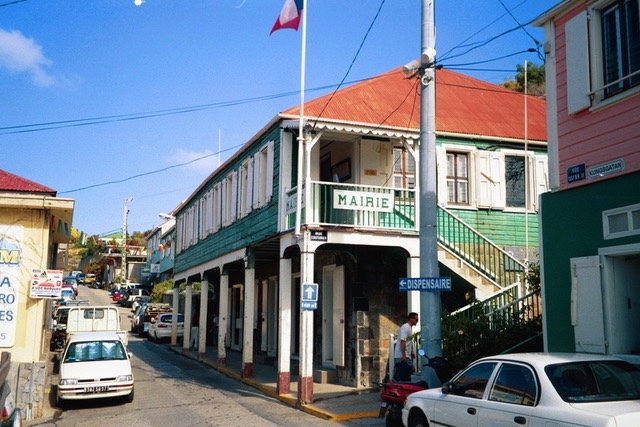
Governors House
Originally built as a customs house, this historic building served many functions including as the governor’s residence and town hall until 2001. It features in Samuel Fahlberg’s 1799 city map.

Originally built as a customs house, this historic building served many functions including as the governor’s residence and town hall until 2001. It features in Samuel Fahlberg’s 1799 city map.
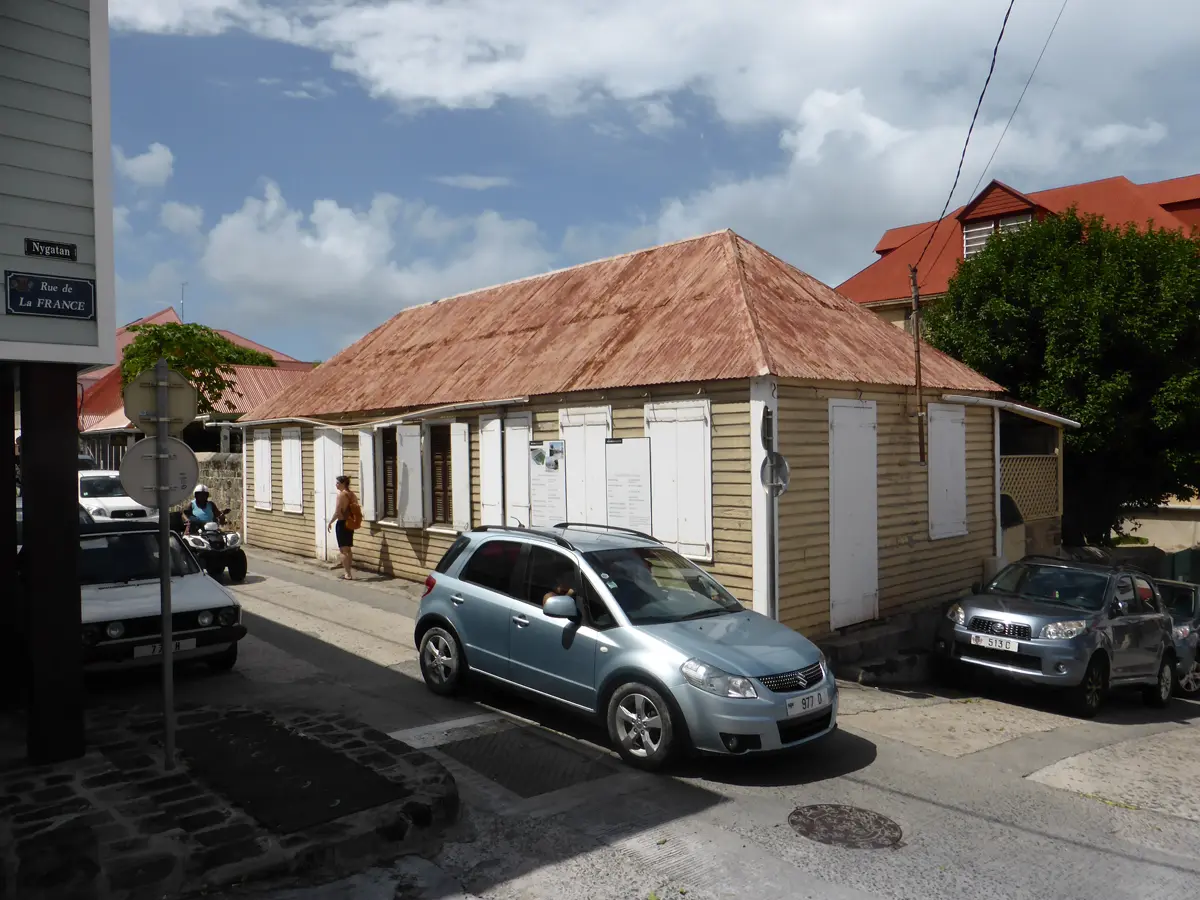
Built in 1787 for St. Barth’s judge and chief representative of the West Indies Company, this historic building later served as a residence for various officials before being sold to
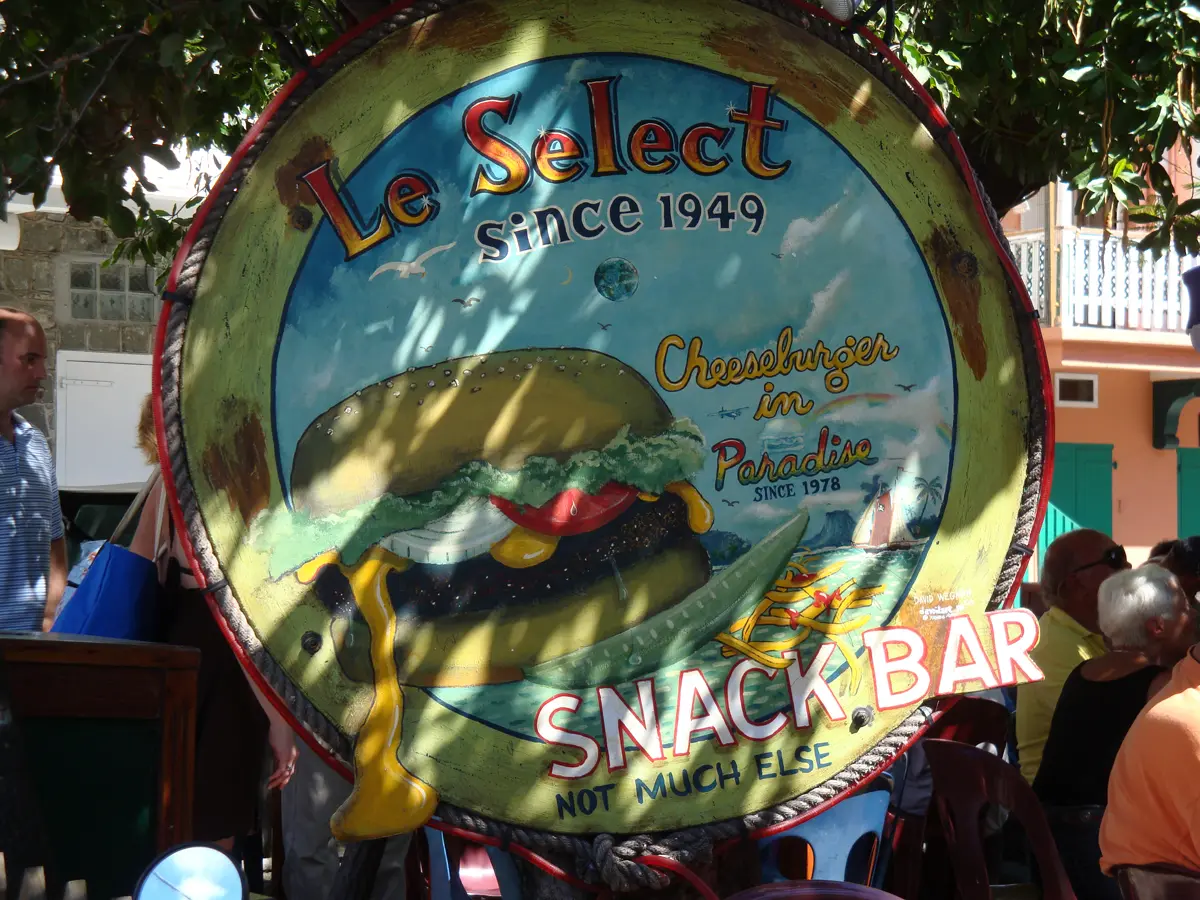
Le Select, founded in 1949 by Marius Stakelborough, is more than just a bar; it’s a living piece of St. Barth’s history and culture. Located in the heart of Gustavia,
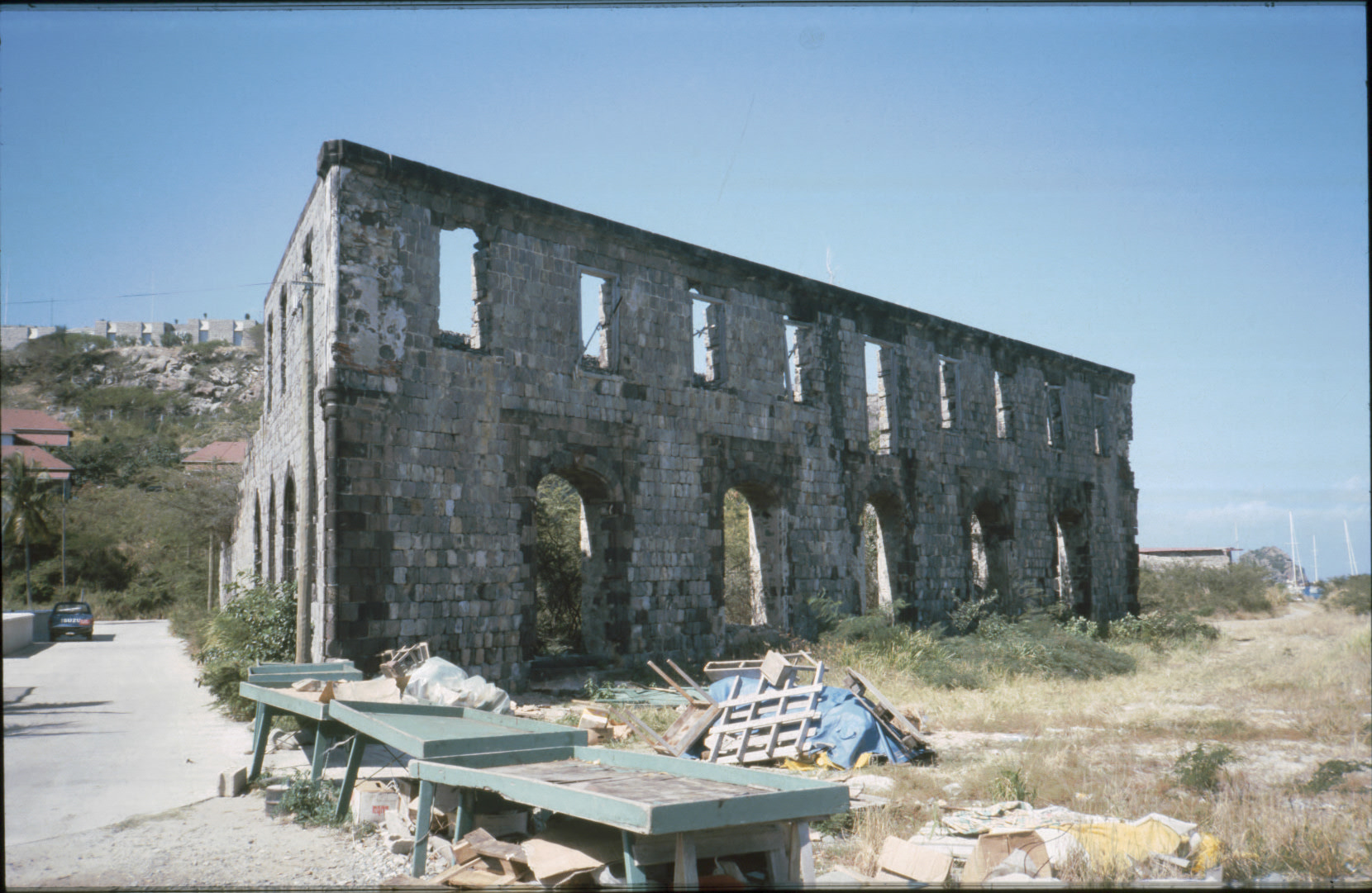
This is one of Gustavia’s largest buildings, likely designed and built by Samuel Fahlberg in the late 1700s. Its purpose is debated, but it has served as a warehouse, political
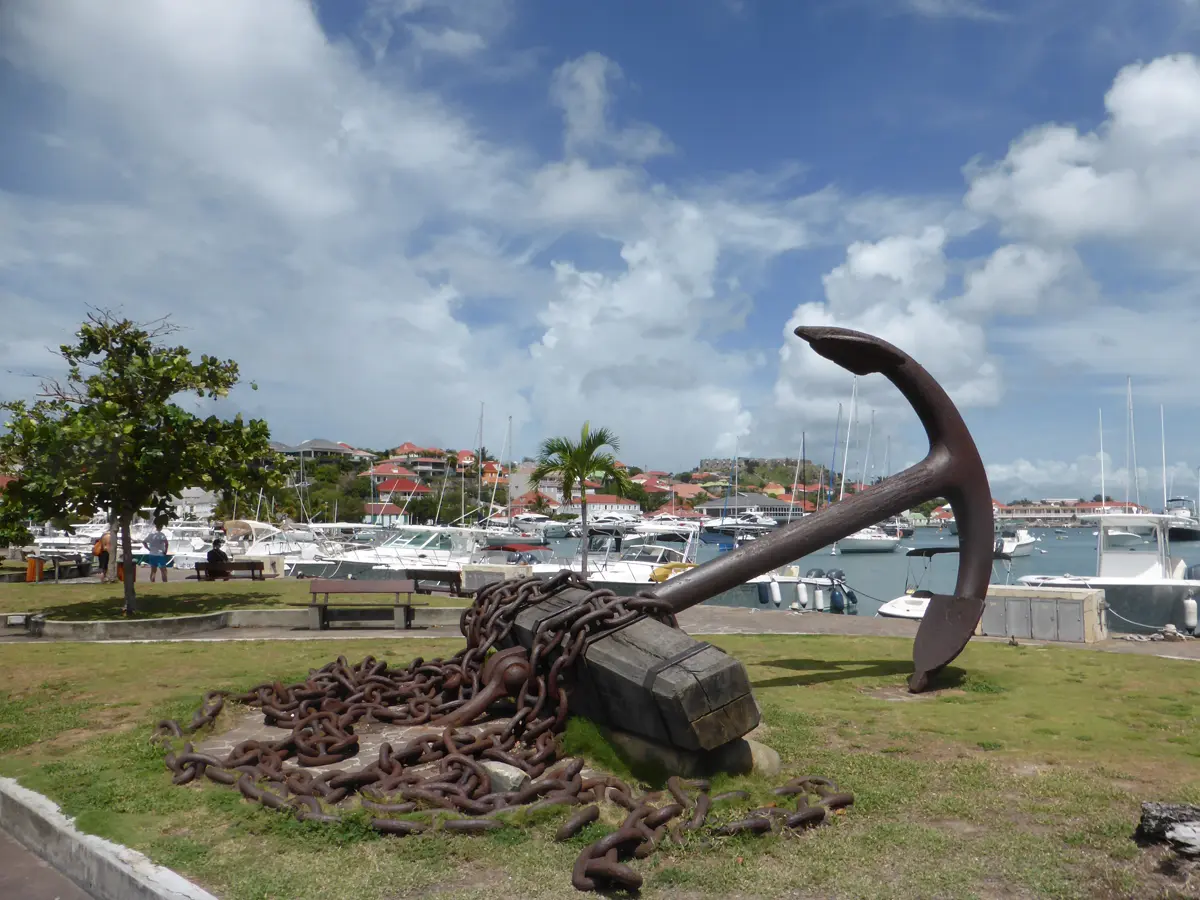
The heart of St. Barth’s capital, Gustavia harbor has been a center of commerce since the Swedish colonial period. It was declared a free port in 1785 and continues to
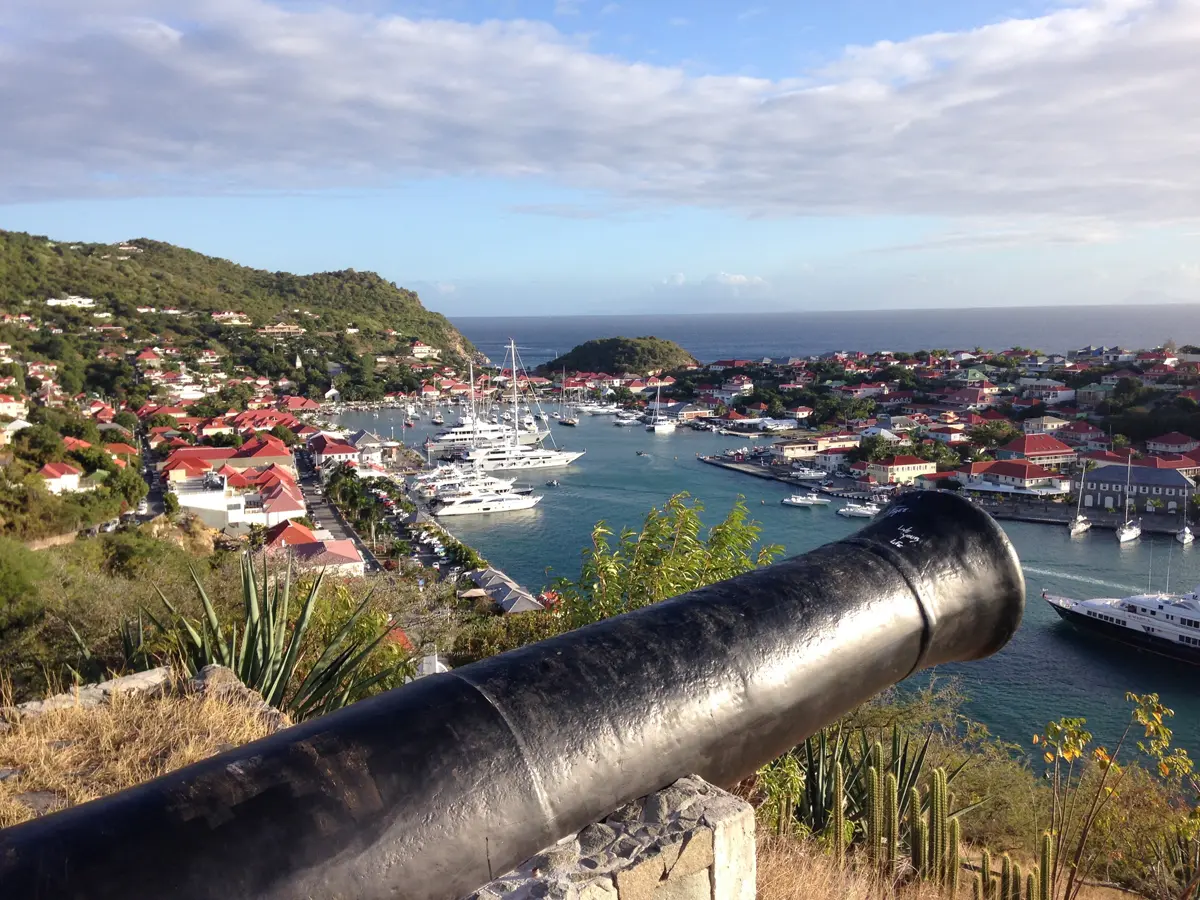
Several forts, including Fort Gustaf, Fort Karl, and Fort Oscar, were built to protect Gustavia. These forts offer stunning views and provide insight into the island’s defensive history during the
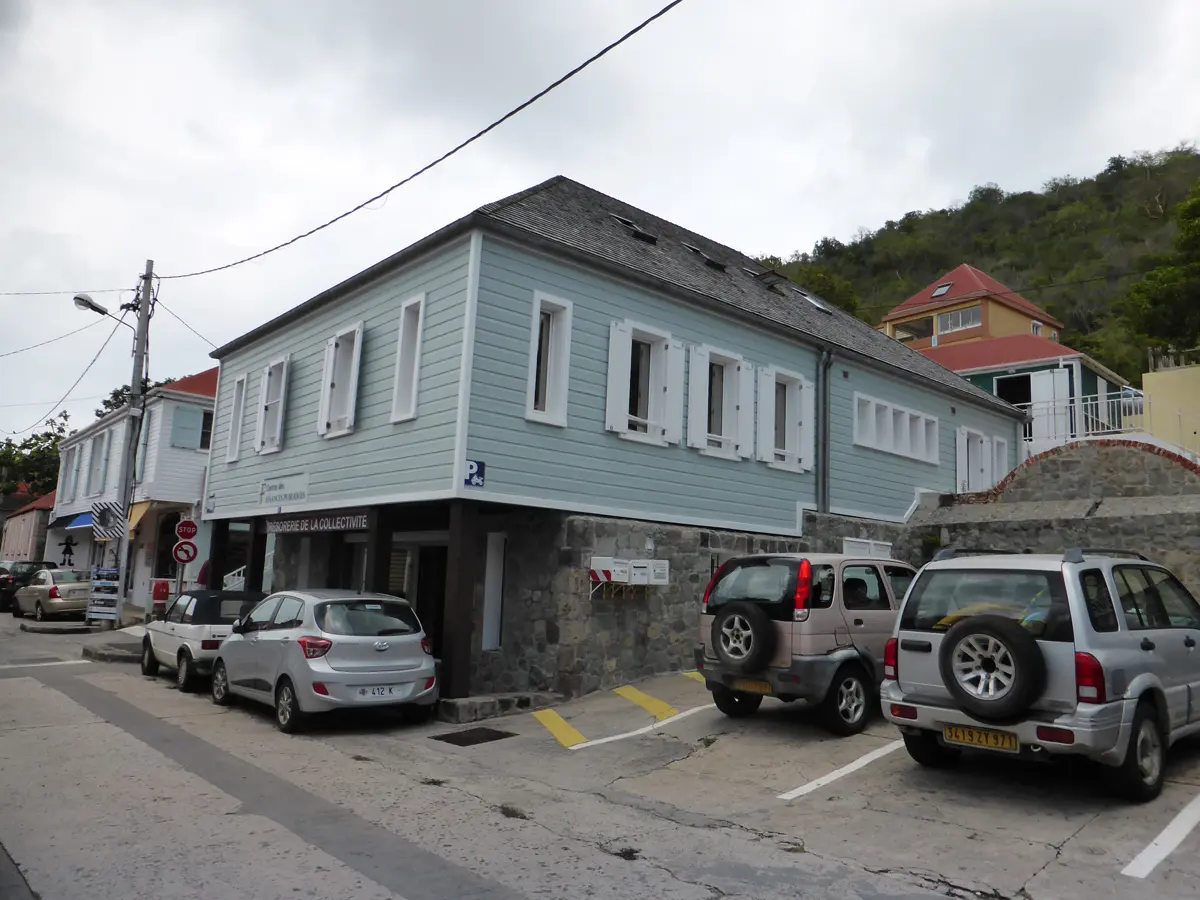
Built around 1780, this house served as the residence for the garrison and police chief. It has been rebuilt to resemble the original and has historical significance, including being the
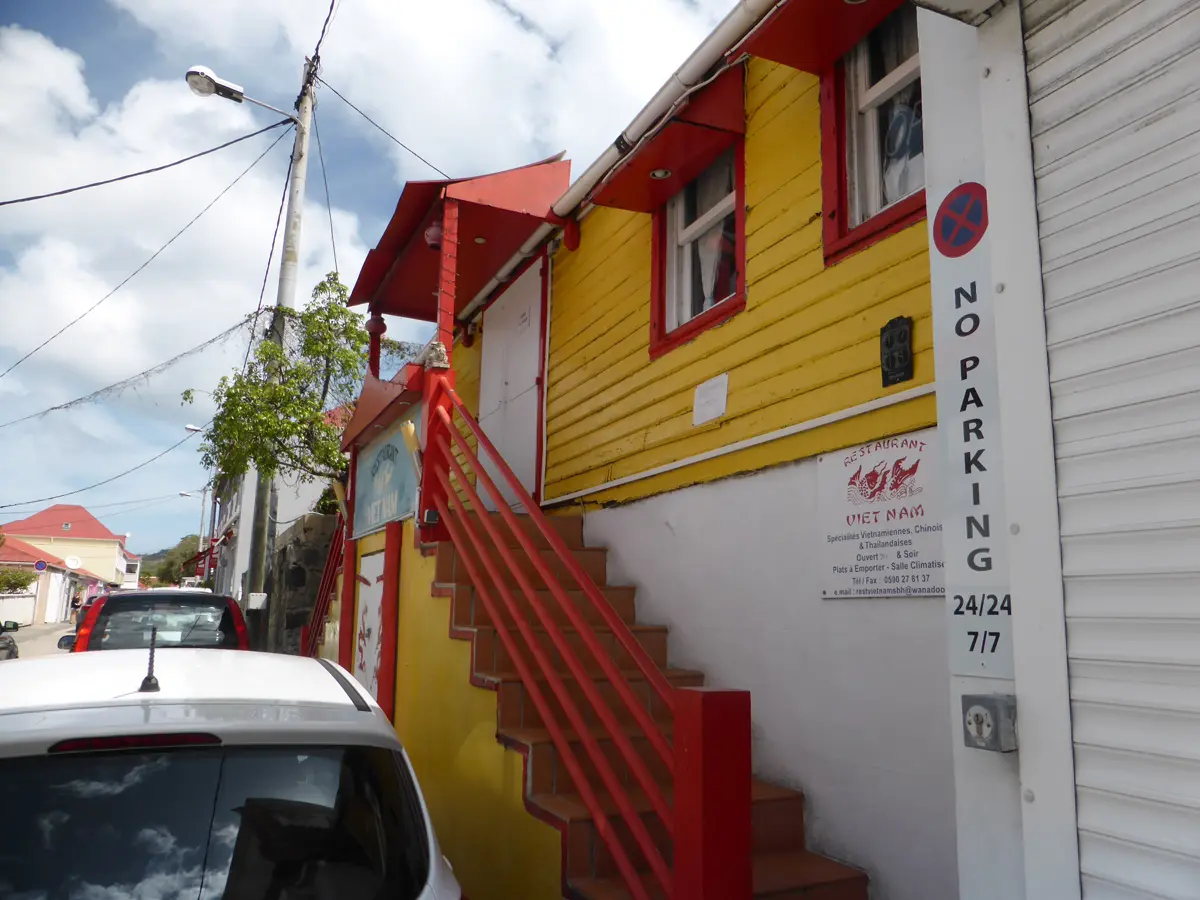
Built around 1790 by priest Swen Thunberg, this house has served various prominent residents. Today, it houses one of the city’s oldest restaurants and exemplifies late 18th-century Swedish colonial architecture.
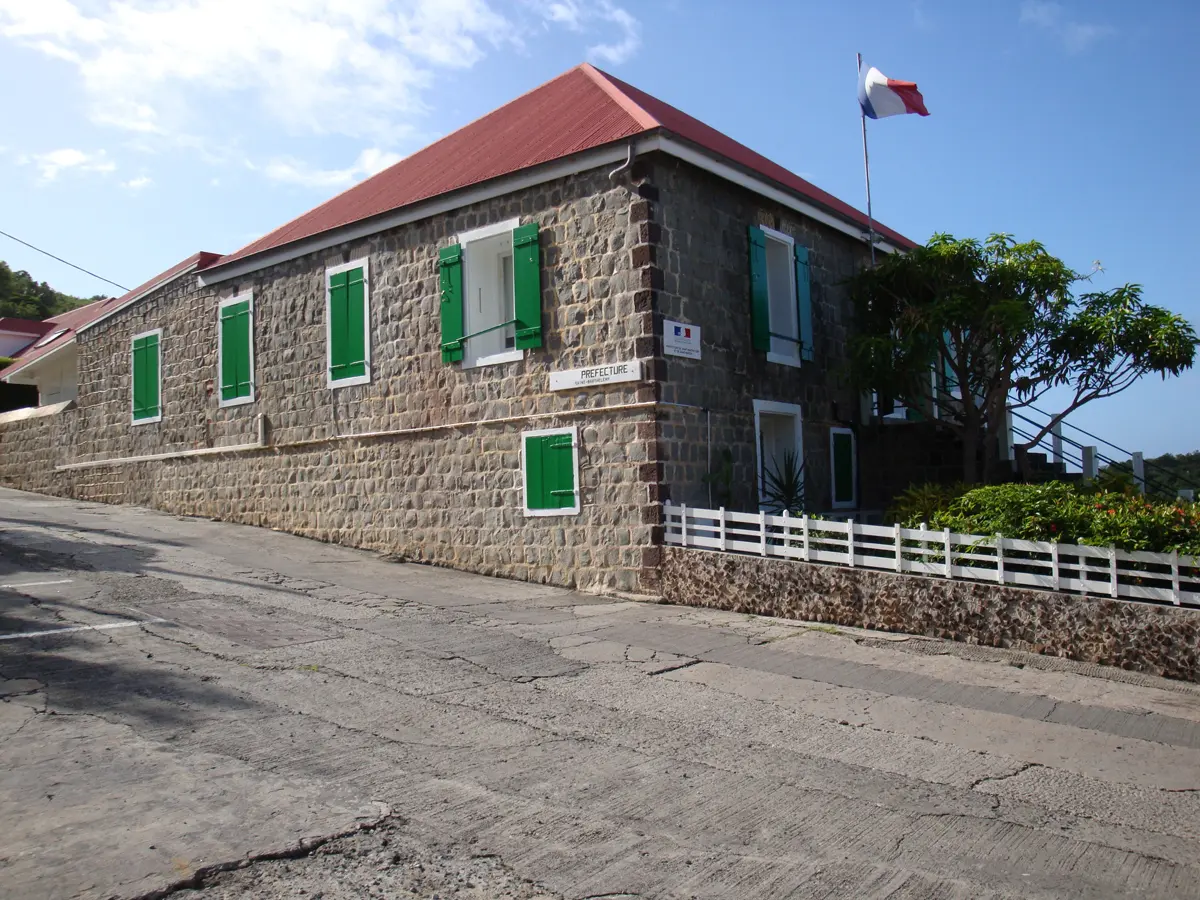
Originally intended as a school, this building was completed in 1804. It served various purposes over the years, including as a prison and community hall, before becoming the French administration
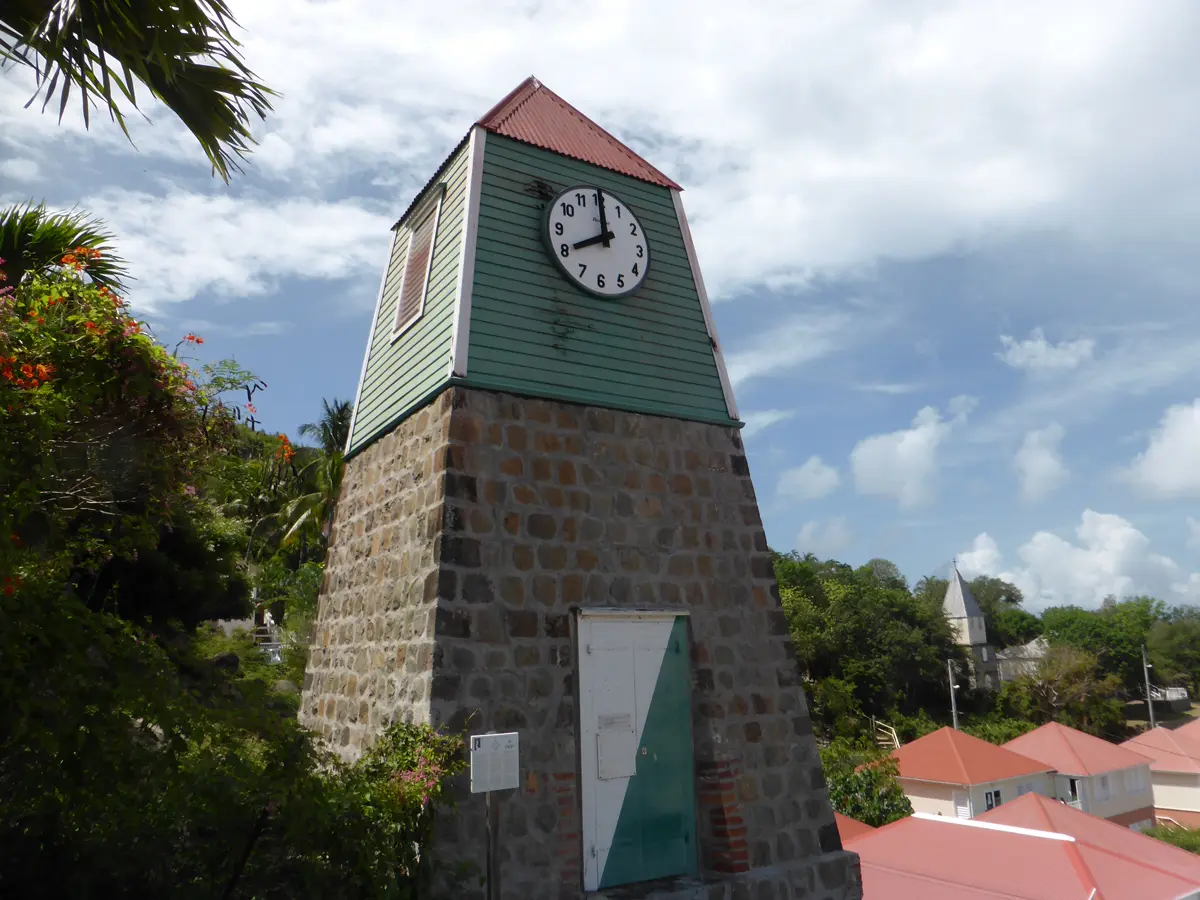
Built in 1799, this green-painted bell tower replaced the tower of the Sophia Magdalena church. It’s one of Gustavia’s most recognizable landmarks, with a clock face added in 1931.
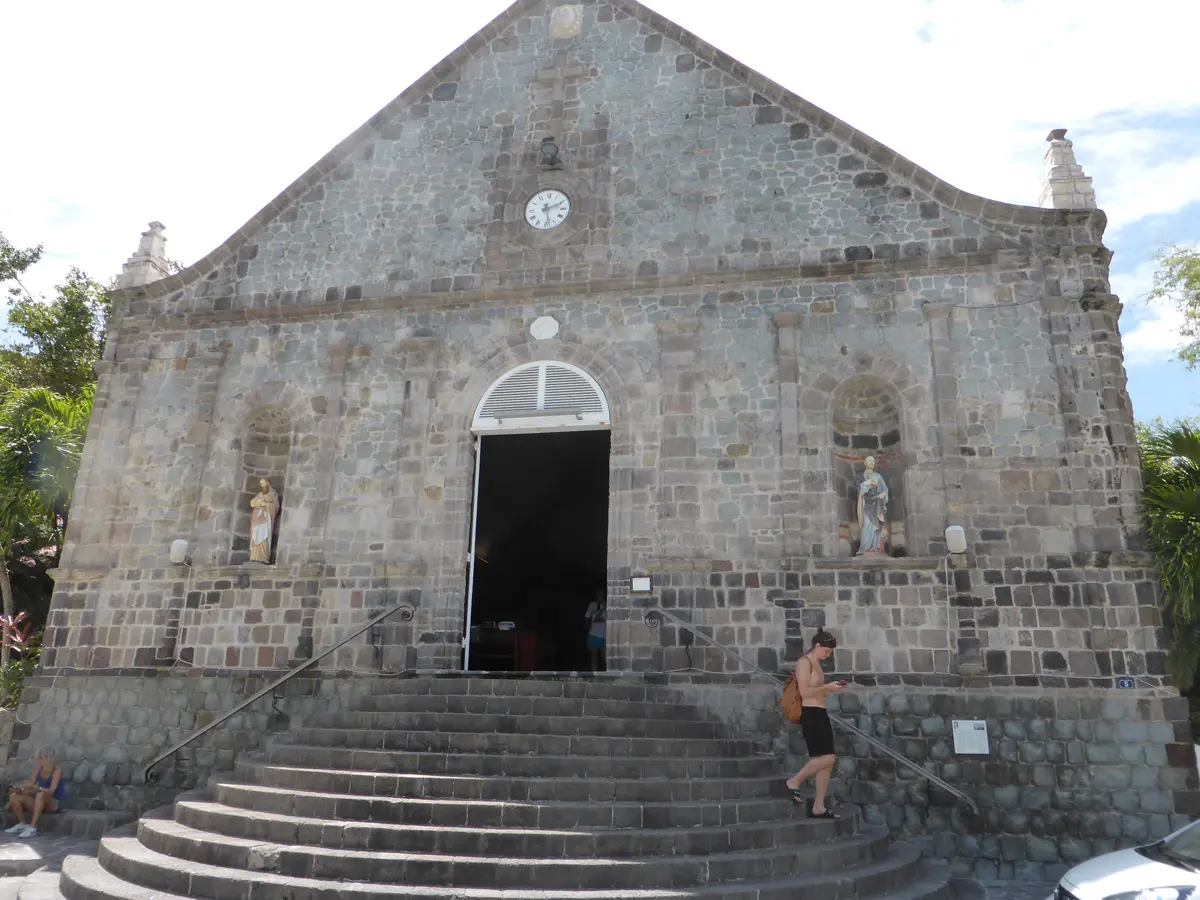
The Catholic church ‘Notre Dame de L’Assomption’ on rue de l’Eglise was completed in 1829. It features a separate bell tower on the hillside and a nearby grave chapel dedicated
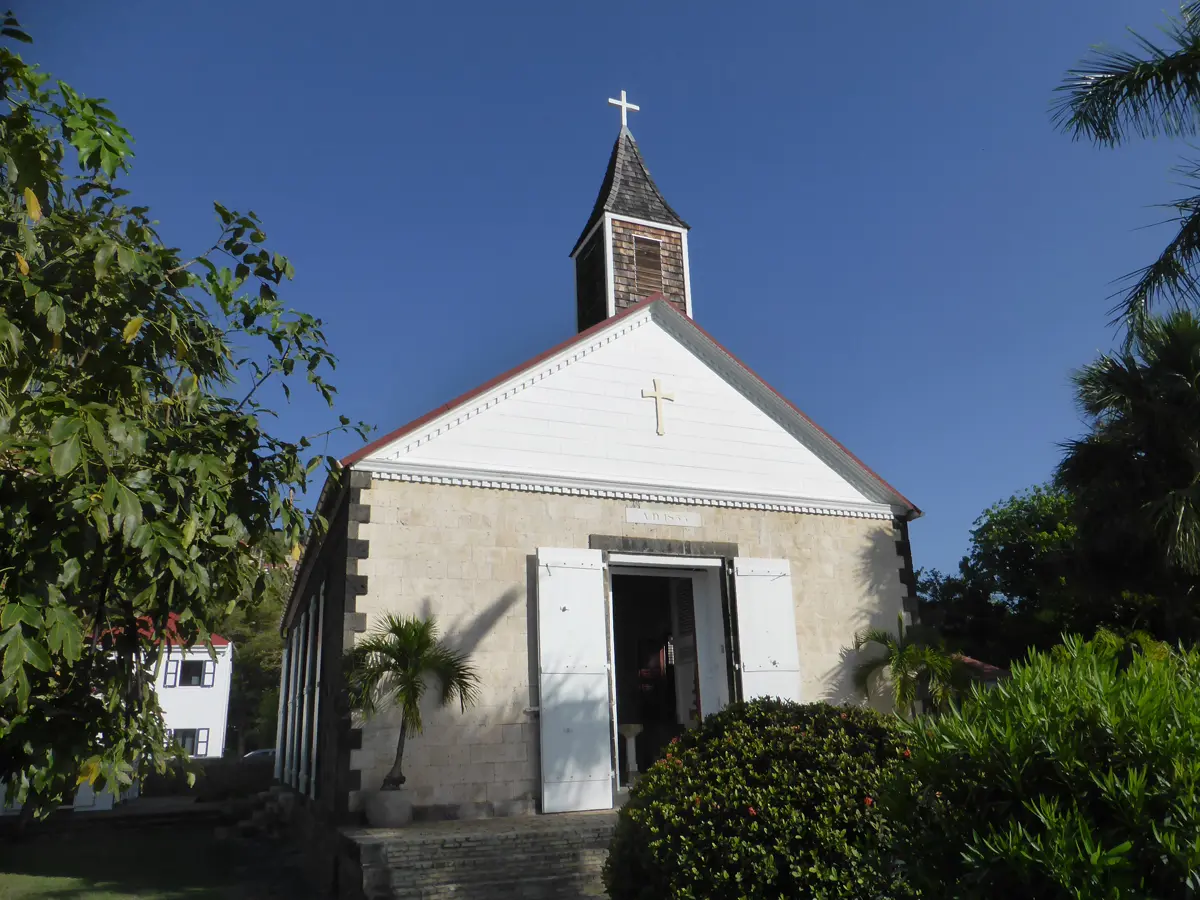
This beautiful church on Rue Samuel Fahlberg was founded in 1851. Its construction was funded by merchant Richard Dinzey and it has served the Anglican community since 1855.
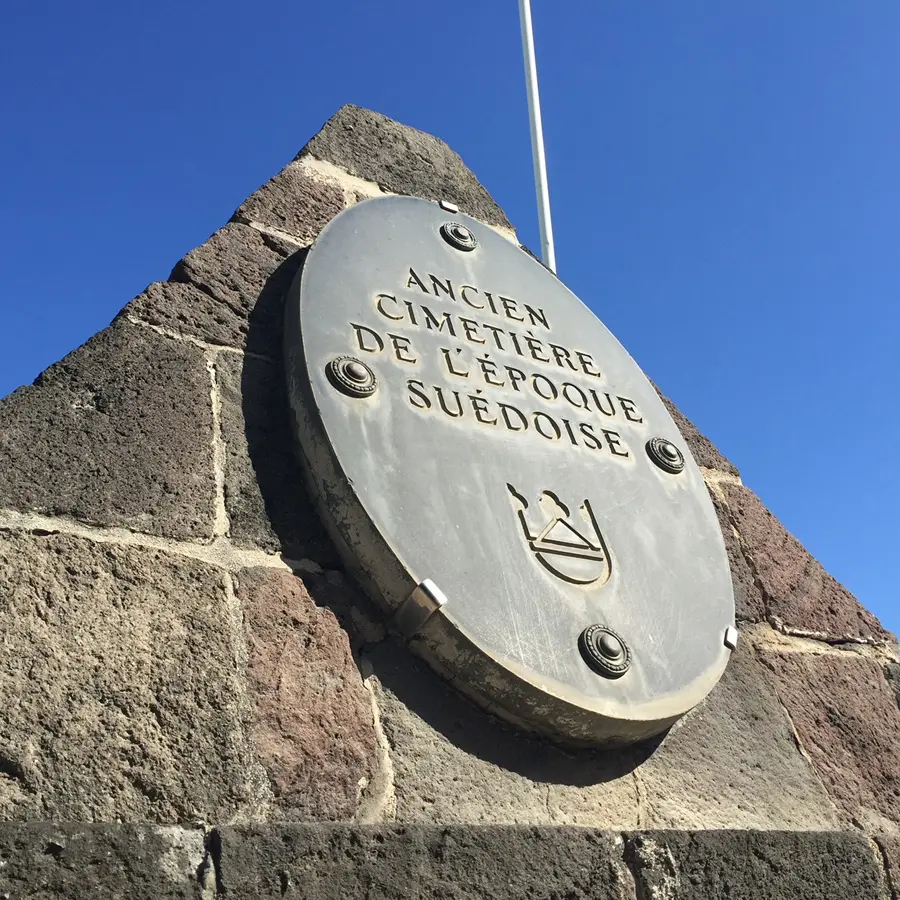
This historic cemetery in Gustavia dates back to the Swedish colonial period. It’s the final resting place for many of the island’s Swedish settlers and offers a fascinating glimpse into
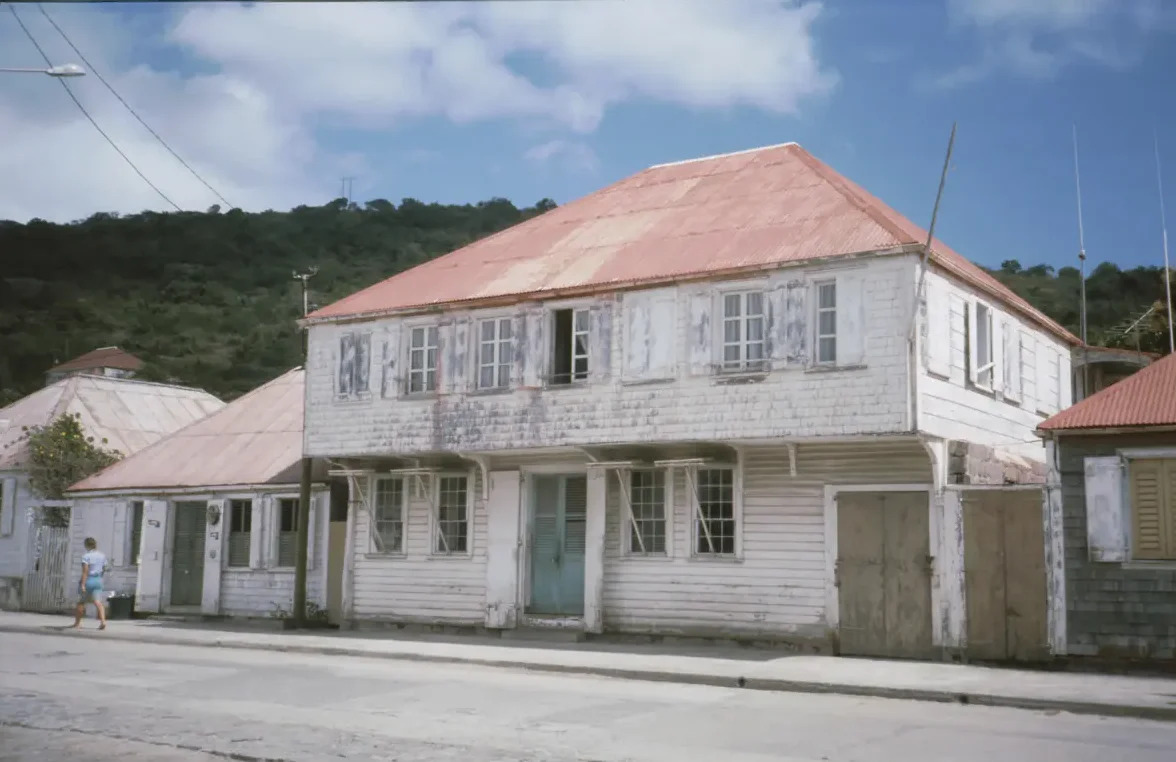
Built in 1830, this prefabricated house is one of the oldest wooden buildings in Gustavia. It’s a rare surviving example of early 19th-century prefab construction on the island.
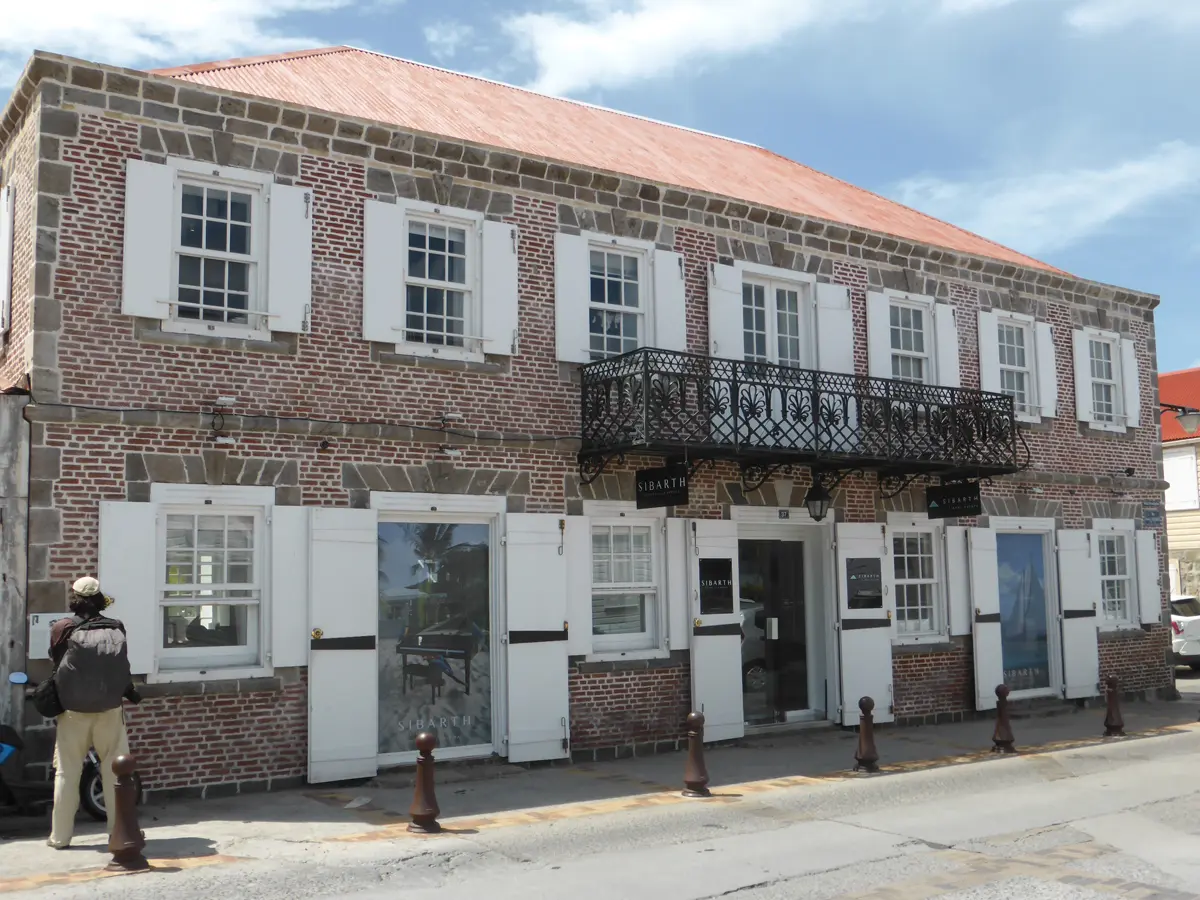
Built in 1841 with bricks from Höganäs, Sweden, this house showcases neo-classical influences. Its large wrought iron balcony and built-in downpipes are notable architectural features.
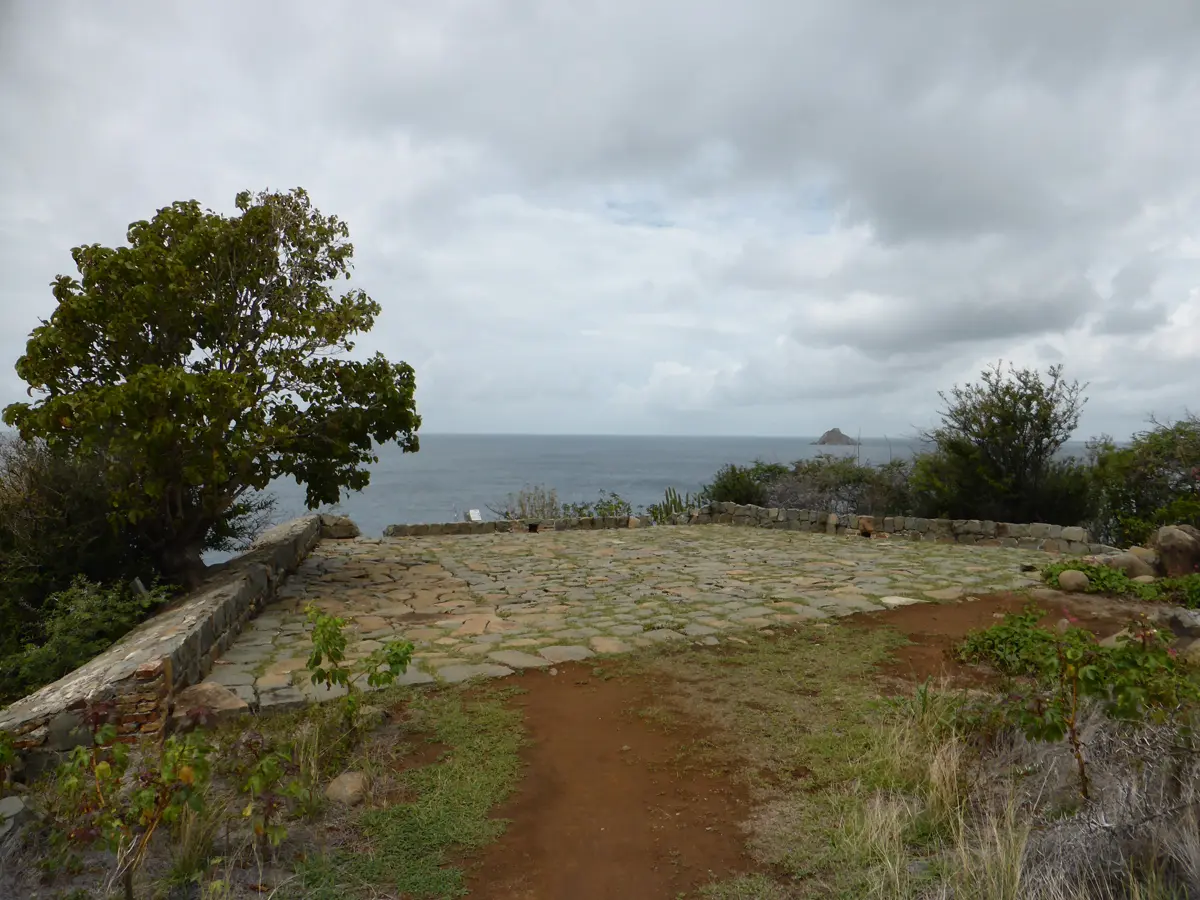
Built in 1789, Fort Carl was strategically placed to protect against attacks from the south. Today, only the foundation remains, offering great views over Shell Beach and western St. Barth.
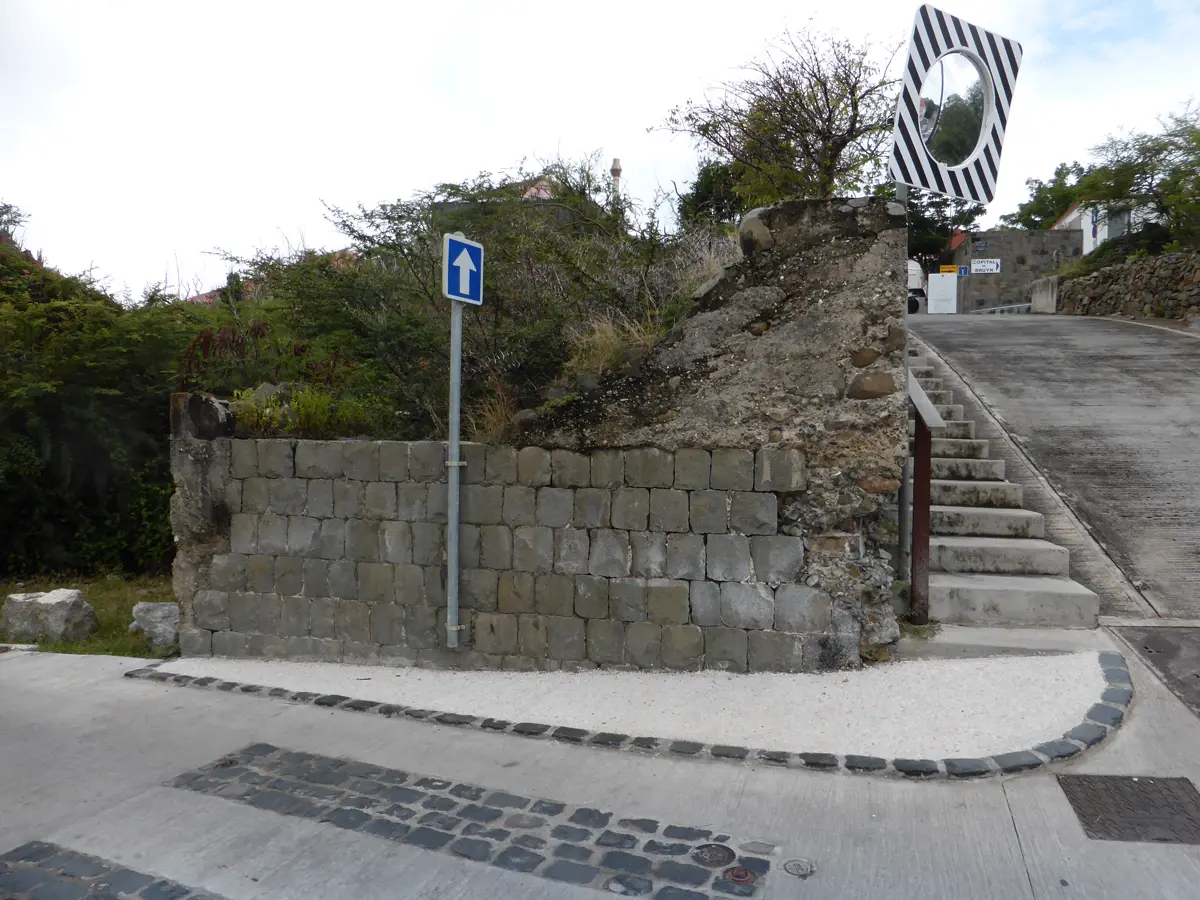
One of the few remaining water cisterns from the Swedish era, located at the corner of rue Schoelcher and Rue Samuel Fahlberg. It showcases the island’s historical approach to water
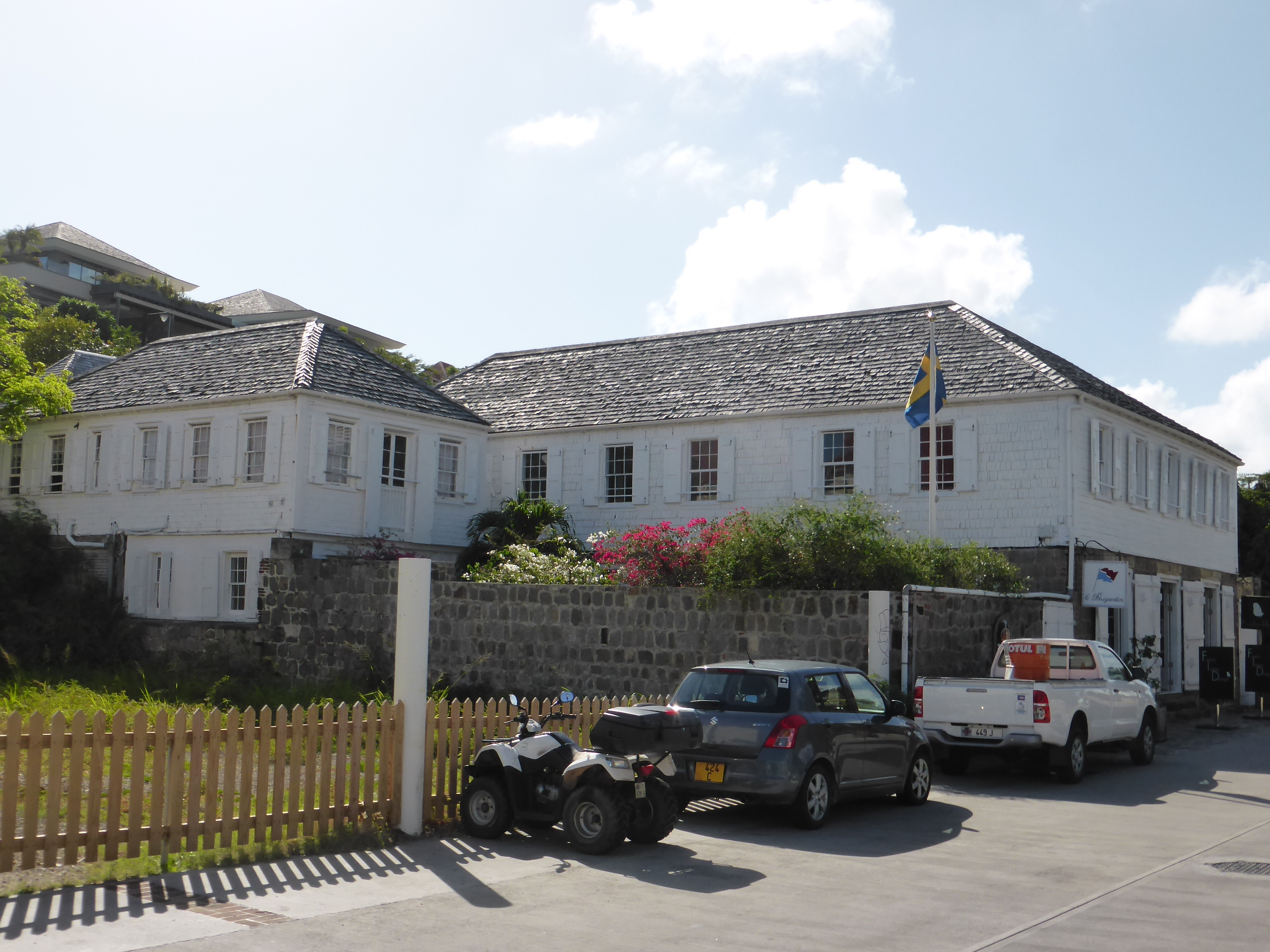
Built in the 1820s, Maison Dinzey is one of the few wooden buildings that survived the great fire of 1852. It offers a glimpse into the life of a wealthy
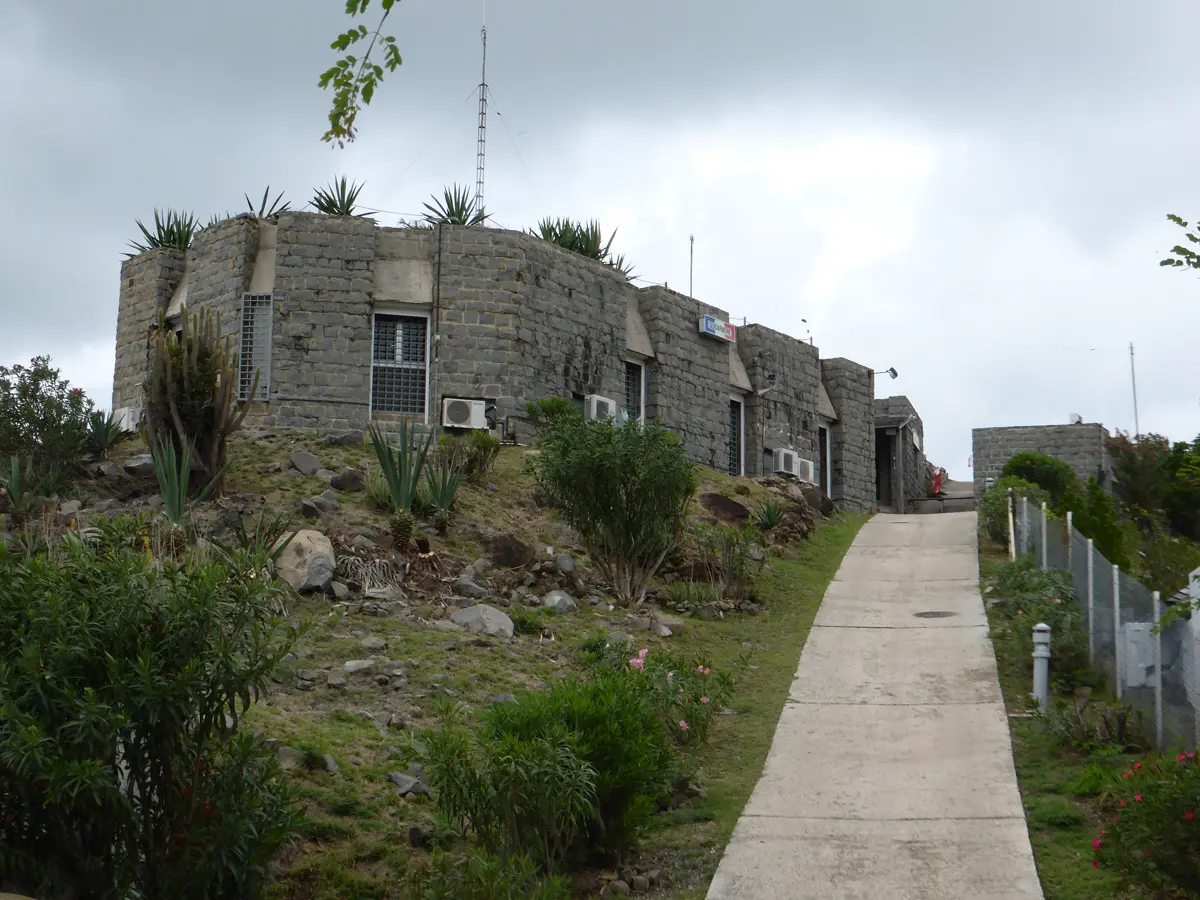
Built to protect the harbor, Fort Oscar was strategically placed on the western heights of Gustavia. It was initially named after King Gustaf IV Adolf and later renamed to Fort
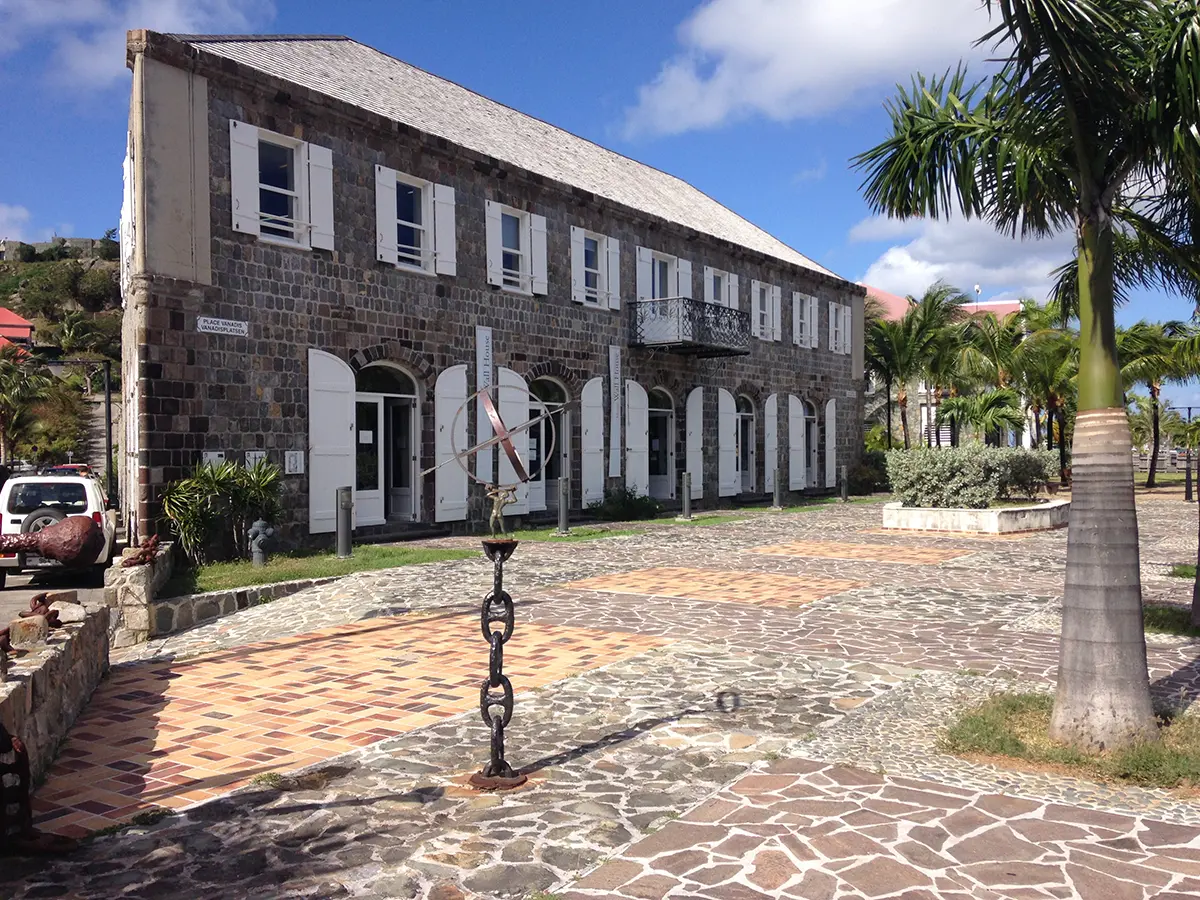
This square is named after the last Swedish Naval ship that left St. Barth in 1878. It features a unique Swedish symbol, “The Neptunigaffeln,” gifted by the Swedish Neptuni Society.